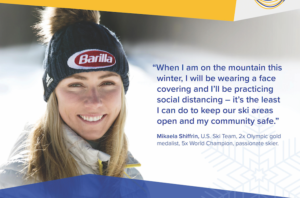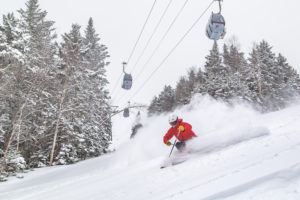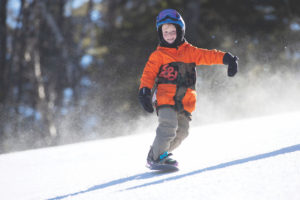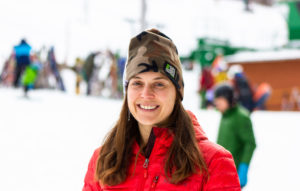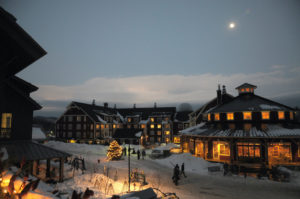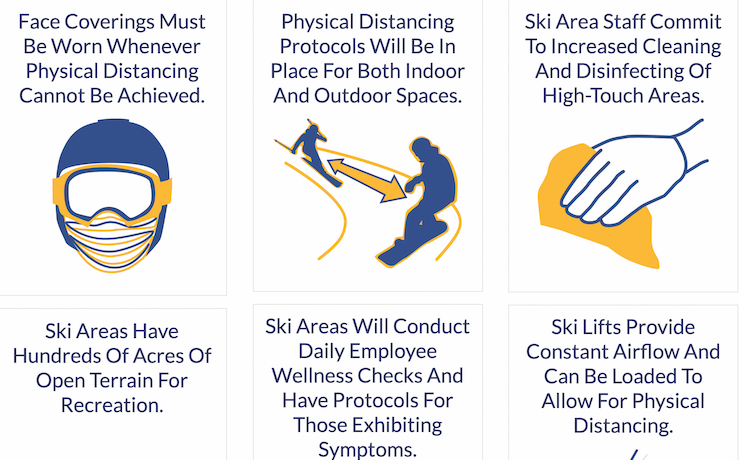
So, let’s start with the question that’s on everyone’s mind: What exactly can we expect for the 2020-21 ski and snowboarding season?
The novel coronavirus has presented all of us, from season-pass holders to day-trippers, with an enormous curve ball, and it’s anybody’s guess just how things will play out during the winter. After all, no one could have foreseen the sudden end to the 2019-20 ski season last spring.
Those shutdowns, of course, made perfect sense, given the sudden and grim spread of COVID-19. New England ski areas and resorts erred on the side of caution, and for that alone, they should all be commended.
But that begs the question: Will 2020-21 be any different? Have ski areas learned enough to conduct business without putting visitors and employees at risk?
